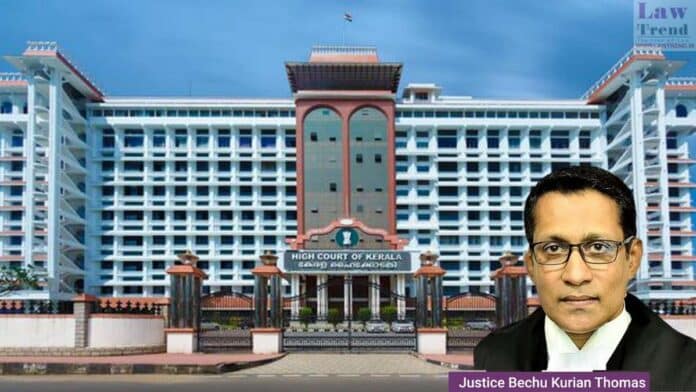The High Court of Kerala, in a judgment delivered by the Justice Bechu Kurian Thomas, has dismissed a criminal appeal (Crl.A No. 222 of 2015) filed by a complainant against the acquittal of an accused in a cheque dishonour case under Section 138 of the Negotiable Instruments Act, 1881. The Court affirmed the trial court’s
To Read More Please Subscribe to VIP Membership for Unlimited Access to All the Articles, Download Available Copies of Judgments/Order, Acess to Central/State Bare Acts, Advertisement Free Content, Access to More than 4000 Legal Drafts( Readymade Editable Formats of Suits, Petitions, Writs, Legal Notices, Divorce Petitions, 138 Notices, Bail Applications etc.) in Hindi and English.




